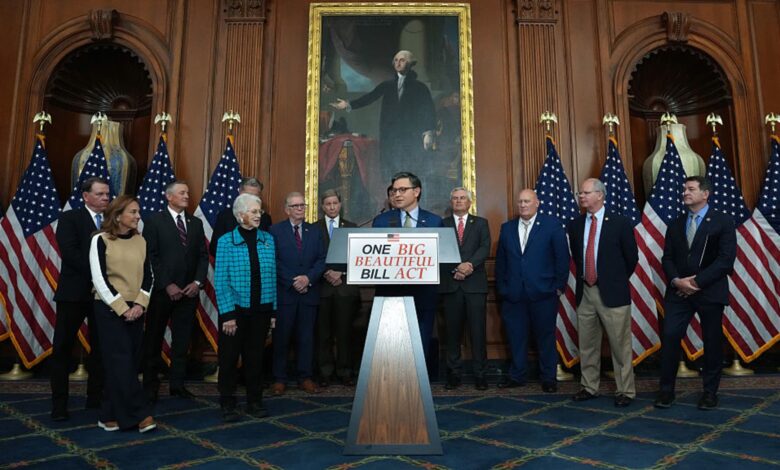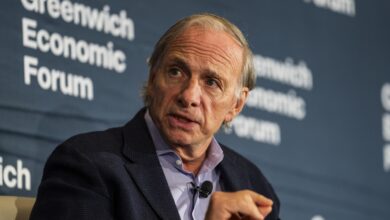House Republican ‘big beautiful’ tax bill favors the rich

The House Republicans recently passed a legislative package known as the “One Big Beautiful Bill Act,” which has sparked controversy due to its stark contrast in benefits between high-earners and low-income households. The bill primarily benefits the wealthiest Americans through tax-cutting measures, such as those for business owners, investors, and homeowners in high-tax areas. On the other hand, low earners would suffer as the bill includes reductions to social safety net programs like Medicaid and the Supplemental Nutrition Assistance Program.
According to analyses from the Congressional Budget Office and the Yale Budget Lab, the bill would result in income losses for low-income households while providing income boosts for the top earners. The bill is estimated to cost around $4 trillion or more and is now headed to the Senate for further review.
The House bill heavily favors the wealthy due to valuable tax breaks related to business income, state and local taxes, and the estate tax. These tax breaks disproportionately benefit high earners, with the top 20% of households receiving 60% of the tax cuts. Moreover, the bill preserves a lower top tax rate of 37% and includes tax breaks like shielding capital gains from tax in “opportunity zones,” which primarily benefit wealthy investors.
While the bill does offer tax cuts for most households, low earners may not benefit as much as initially expected. Some tax benefits, such as those related to tip income and car loan interest, may not be as valuable for low-income households. Additionally, the bill includes cuts to federal safety net programs like Medicaid and SNAP, which disproportionately affect lower-income households.
Overall, the House bill highlights the growing wealth gap in America and the challenges faced by low-income households. As the bill moves to the Senate, further changes may be made to address the concerns raised by critics regarding its impact on income inequality and social welfare programs. Households in the United States are set to receive significant benefits from the latest legislation, with about 65% of the total value of the bill going towards these households. This information comes from a detailed analysis conducted by Penn Wharton, which was published on Monday.
However, not all households will benefit equally from this legislation. A subset of high earners, specifically 17% of the top 1% of households who earn at least $1.1 million a year, will actually end up paying more in taxes. According to the Tax Policy Center, this is due to limits on the ability of some pass-through businesses to fully deduct their state and local taxes, as well as a cap on all deductions for top-bracket households.
Howard Gleckman, a senior fellow at the Tax Policy Center, highlighted these points in a recent report. He explained that these high earners will be affected by the new legislation due to restrictions on deductions for certain types of businesses and income levels.
Overall, the new legislation aims to provide relief to a majority of households in the country, while also ensuring that high-income earners contribute their fair share. The analysis conducted by Penn Wharton sheds light on the distribution of benefits and the impact on different income groups.
As the legislation moves forward, it will be important for policymakers to consider how these provisions will impact households across the income spectrum. By balancing the needs of different groups, the legislation can effectively address economic challenges and support overall growth and prosperity.
This information is crucial for individuals and families to understand how the legislation will affect them personally. By staying informed and engaged with the latest developments, households can make informed decisions about their finances and plan for the future accordingly.





